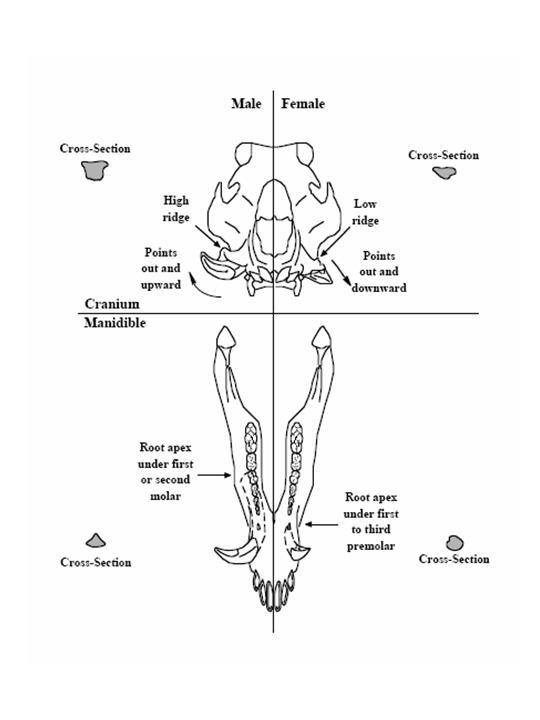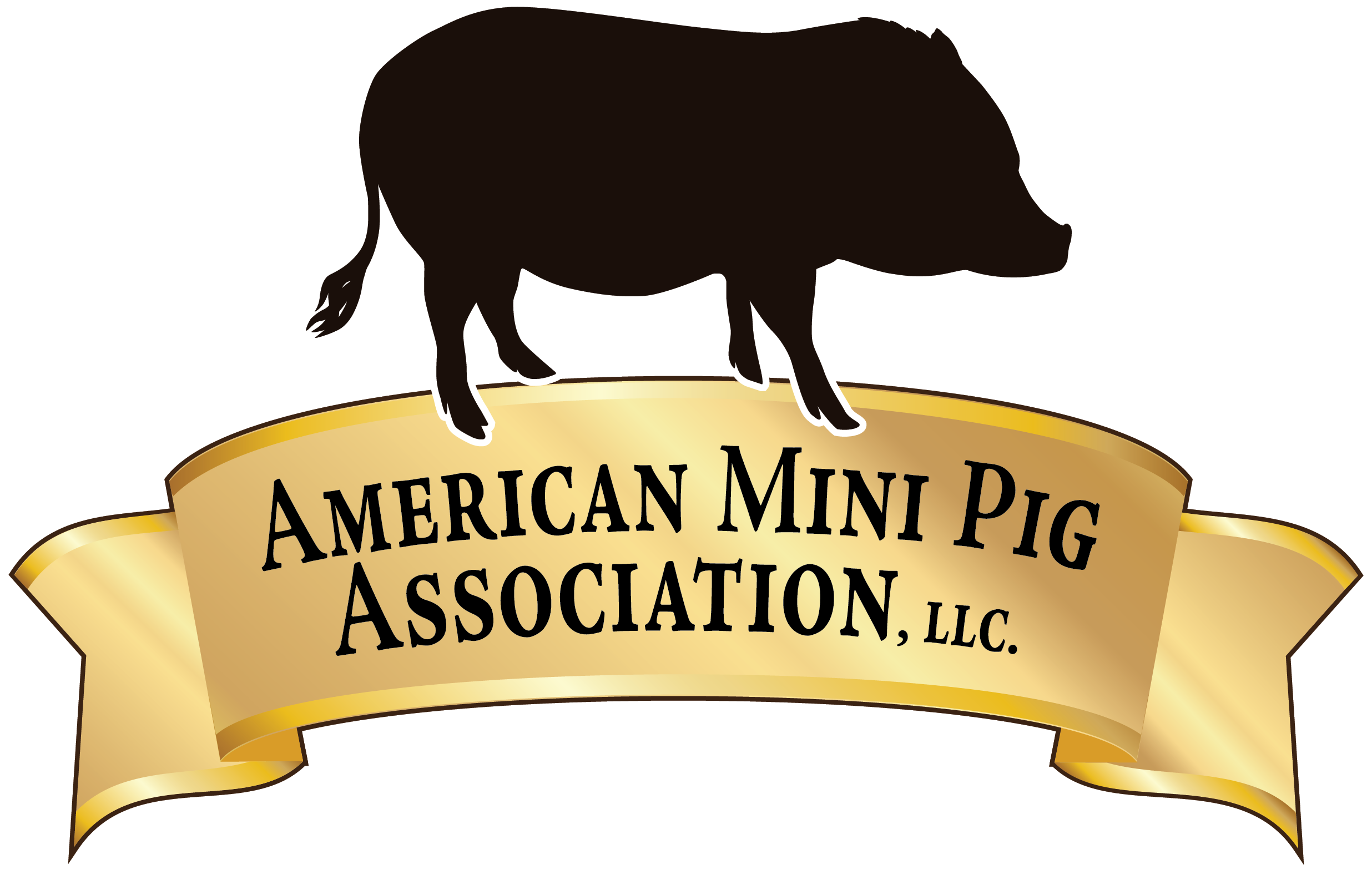Mini Pig Tusk Facts
By: Stacey Davenport of Pig Pen Hill Mini Pigs
To Remove or Not to Remove?
This is a common question that is often asked among pig owners in regards to the tusks of their pig pals. The practice trimming or even letting them grow naturally is all a matter of personal preference and what works best for you and your pig. Tusks should never be removed as they are part of the jaw bone. Removing tusks is a risky procedure with risk of breaking the jawbone and leaving the pig suspeptible to longerm infection. Whatever your choice may be, or whether you are planning ahead, here are a few facts to help you decide.
Frequently Asked Questions
Q: My pig has his needle teeth removed when he was a baby. Does this mean he won’t grow tusks?
A: No. Needle teeth are deciduous incisors that piglets are born with. These 8 teeth if left will fall out and be replaced by permanent teeth around 8-12 months of age. Clipping or removing them will not affect tusk growth.
Q: Why do breeders clip needle teeth?
A: Needle teeth are often clipped by breeders to prevent injury during play between piglets, and to prevent damage to the mother’s teats while nursing. These 8 teeth are very sharp and can cause accidental wounds to children and adults alike as piglets play. Clipping of needle teeth is not a necessity, but often a preferred choice.
Pig Teeth Facts:
- Adult pigs have a total of 44 teeth.
- Adolescent pigs under a year old have a total of 28 teeth, in which 14 are deciduous teeth (not permanent).
- Males and females grow tusks.
- Piglets are born with a total of 8 teeth, these teeth are referred to as “needle teeth”.
“Much like human teeth, the teeth of the pig have an enamel coating which makes the teeth of the pig stronger and less exposed to disease.”– A-Z Animals
Get the Picture
Pigs have a total of 44 permanent teeth. Both deciduous and permanent sets of teeth exist that erupt sequentially.
The permanent tusks of males are significantly larger than those in females. The shapes of the tusks also differ noticeably between the two sexes. Altered pigs will still experience the eruption of tusks but the hormones of unaltered pigs promote faster growth.
Although each pig is different in its own unique way and there is no set age that you will notice his or her tusks beginning to develop, an average age of noticeable growth is between 2 and 3 years of age.
Trimming
All pigs grow tusks; males, females, even spayed and neutered pigs. An intact boar is going to have the fastest tusk growth because it is fueled by testosterone, whereas a neutered male and intact female’s tusk grow slower. Lastly, a spayed female will have the slowest growth. Some families choose never to trim tusks, leaving them natural. Other families with other pets or small children choose to trim tusks to prevent a danger, either by an aggressive act from the pig, or the simply running too close to someone or rubbing against their leg. Serious bodily damage can occur from these sharp teeth.
Trimming is the most common option to maintain tusks. Tusk trimming is done every 10-12 months and sometimes longer depending on growth. General anesthesia or heavy sedation is sometimes used in this process. While your pig is sedated and the mouth is opened, a Gigli wire is used to saw the tusk above the gum line. It is recommended that the tusk is cut about a half inch above the gum line to prevent from exposing the pulp cavity (part of the tooth that holds the nerves and roots). Nippers are not recommended to trim tusk for risk of shattering the tooth or opening the pulp cavity.
Complete surgical removal of the tusk is possible but is very risky and expensive. Most veterinarians do not perform this procedure electively. This type of procedure must be done under anesthesia and is difficult to perform as the roots are deeply seated in the jaw (mandible). Since there is great risk of fracturing the mandible, the tooth would have to be broken up and pulled out in pieces to avoid breaking the jaw. Even if the jaw bone is not broken during surgery the jaw could be left weaker for the life of the pig, causing future breaks or infection risks.
Above: A previously trimmed tusk that has been surgically removed. Notice the red on the tusk? Everything to the left of the first red spot was buried beneath the jaw bone. Only about 1/3 of the tusk was visible above the gum line. –Photo Courtesy Dr. Cathy Zolicani
Video Links:
https://www.youtube.com/watch?v=R_6Cv-9Xedg
Sources:
Visit our website to learn more about mini pigs, find an AMPA
Registered Breeder, become a member of the AMPA, and register
your pet pig in the official AMPA Registry!



